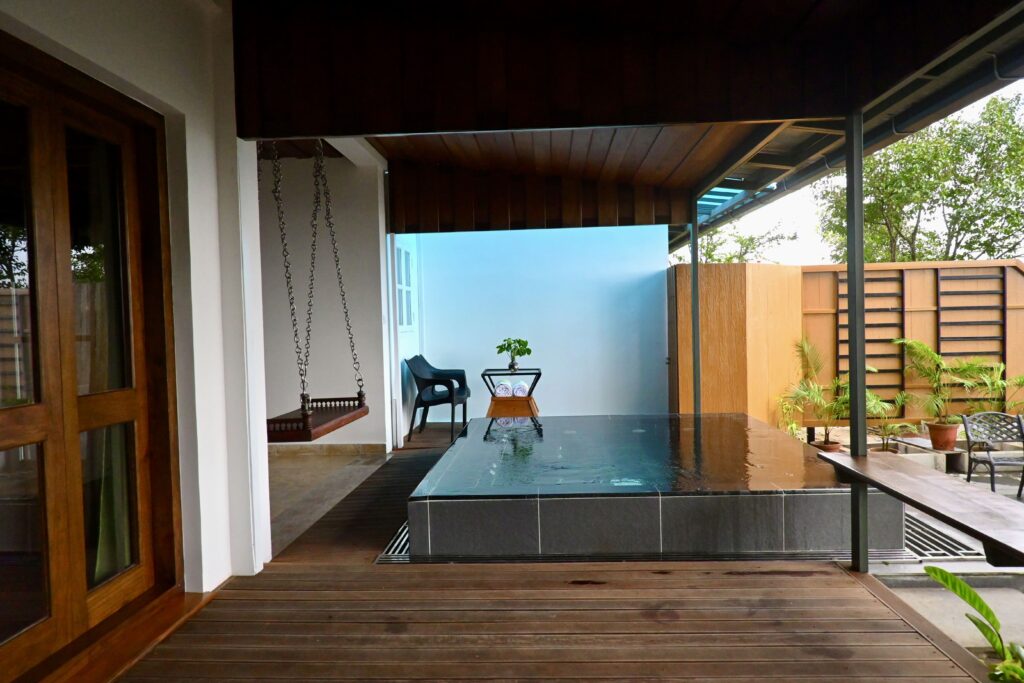
You know what? There’s something wildly comforting about holding a warm cup of tea. It’s not just about the caffeine kick or the flavor. It’s the ritual—the slow steep, the rising aroma, the quiet moment before that first sip. That’s where tea tasting begins. And no, you don’t need a tweed blazer or a porcelain cup collection to get started.
Wait, Is There a “Right” Way to Taste Tea?
Here’s the thing: tea tasting isn’t some elite ceremony with rules carved in stone. Sure, there are trained tasters who swirl, sniff, and slurp with scientific precision—but if you’re just here for the joy of it, you’ve already got what it takes.
Tasting tea is like listening to music. Some folks hear layers of instruments and tone shifts; others just hum along and feel good. Both are right. Same goes for tea.
Let’s Talk Senses—Because They’re All Invited
Tea tasting isn’t just about taste. It’s a full-body experience.
- Sight: Look at the dry leaves. Are they rolled, twisted, broken? Then check the color of your brew. Is it golden, amber, jade green? That little shimmer on the surface? Kinda magical.
- Smell: Before the sip, take a deep sniff. Some teas smell grassy, others nutty or even chocolatey. Let your nose wander a bit. Smelling the leaves before and after steeping is part of the fun.
- Sip: Don’t just sip—slurp. Seriously. It sounds weird, but it cools the tea and sprays it across your palate. That way, your tongue gets the full picture.
- Feel: Notice the texture—yes, tea has texture. Is it silky? Drying? Does it coat your mouth like warm honey?
- Sound: Okay, maybe not the tea itself. But the hush around your cup? That quiet? That counts.
So, What Are You Even Tasting?
Let’s break it down without the jargon jungle.
- Green tea: Think spring—fresh, grassy, sometimes a bit nutty. It’s like the flavor version of walking barefoot on cool grass.
- Black tea: Bold, brisk, malty. Imagine dark toast with a splash of lemon—yep, that’s a thing.
- Oolong: Somewhere between green and black. You might taste roasted nuts, honey, or even flowers. Oolong’s got range.
- White tea: Delicate and light. Kinda like sipping a soft cloud—if clouds tasted faintly of melon and hay.
- Herbal tea: Technically not tea, but hey—we’re not picky. Chamomile, mint, rooibos—they bring their own personality to the table.
Wanna Try It at Home? Here’s How
You don’t need a fancy setup. Just:
- A few loose-leaf teas (or good-quality tea bags)
- A kettle, mugs, and maybe a mesh strainer
- Clean water (trust me, it matters)
- A notebook, if you’re feeling geeky
Heat your water—don’t boil the life out of green tea; it’ll get grumpy. About 75°C is sweet. For black tea, go ahead and crank it to a full boil. Steep, wait, smell, sip. That’s it.
Pro tip? Taste one tea at a time first. Then, if you’re curious, line up a few side by side and compare. Even better—do it with friends. Tea makes everything a little more human.
Speaking of Lingo… Let’s Unpack the Jargon
Ever heard someone say a tea is “brisk” or “astringent” and just nodded politely?
Here’s the quick cheat sheet:
- Astringent: Makes your mouth feel dry, like biting into a green banana.
- Brisk: Has a lively kick—sharp, clean.
- Malty: Think warm biscuits or barley.
- Earthy: Smells and tastes like wet soil (in a good way—trust me).
- Floral: Light, fragrant, garden vibes.
You don’t have to use these words, but they can help you describe what you’re experiencing—and maybe impress a few folks at the next tea meet-up.
Tea Tasting Is a Mood—Not Just a Method
The more tea you taste, the more you realize—it’s not just about the liquid in your cup. It’s about time. Memory. Stillness. Tea invites you to pause. And in a world where everything screams for attention, that’s a pretty big deal.
Maybe for you, tea means long chats with grandma. Or late-night study sessions. Or rainy afternoons by the window. That emotional link? It’s part of the flavor.
Wrap-Up: Sip, Repeat, and Don’t Overthink It
Look, no one starts as a tea sommelier. You don’t need a scoring chart or a fancy palate to enjoy tea. You just need a bit of curiosity—and maybe five minutes of peace.
So go ahead. Brew a cup. Smell it. Slurp it. Let it speak in its own quiet way.
Because honestly? That tiny moment of warmth between your hands might be the best part of your day.



